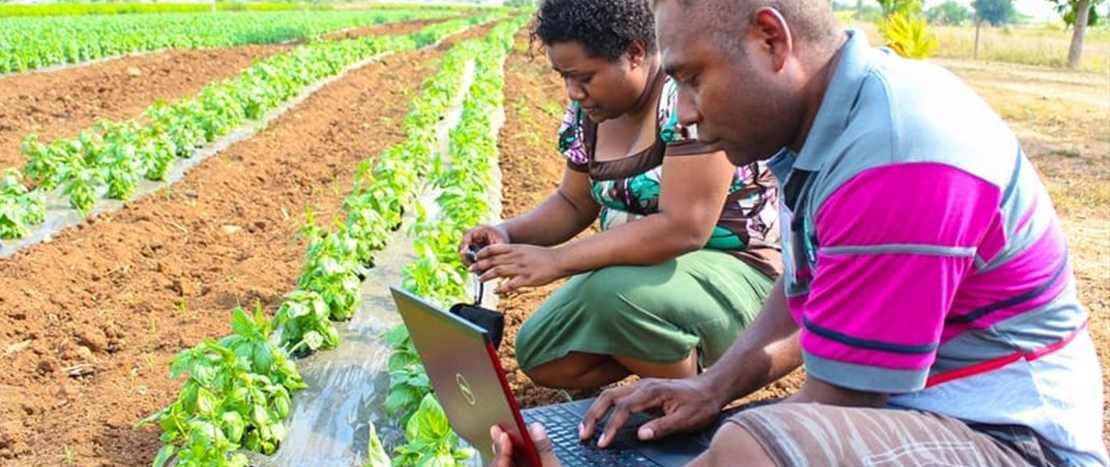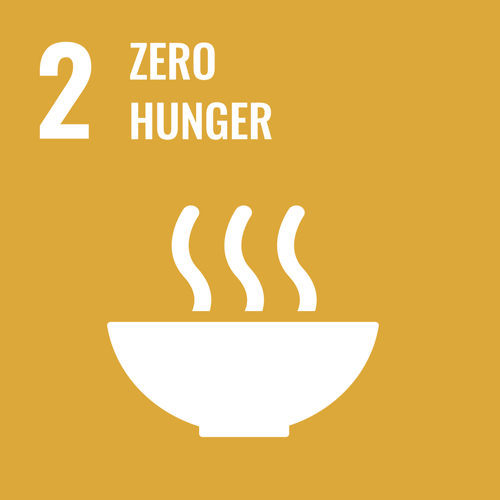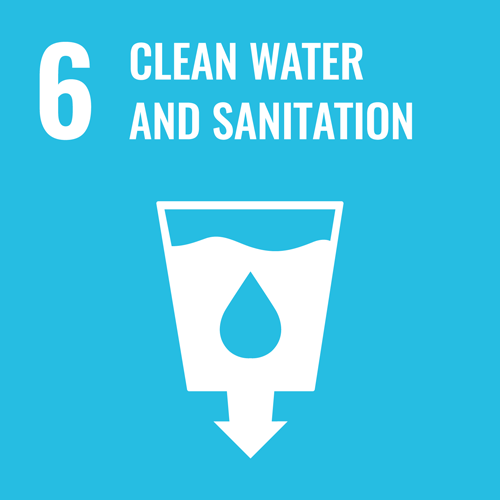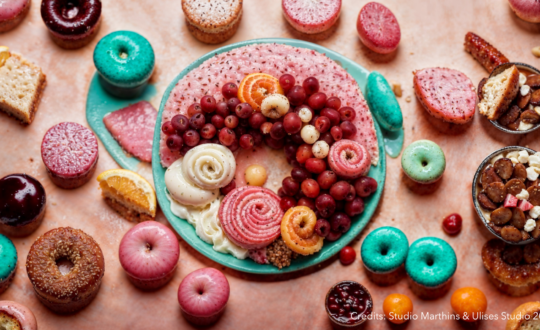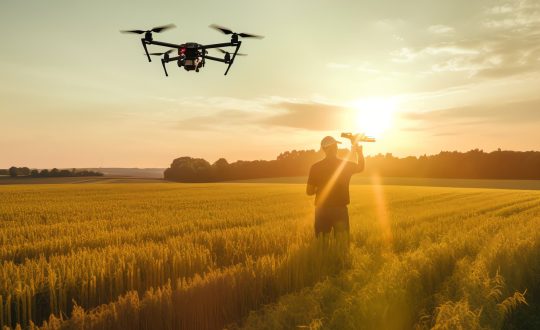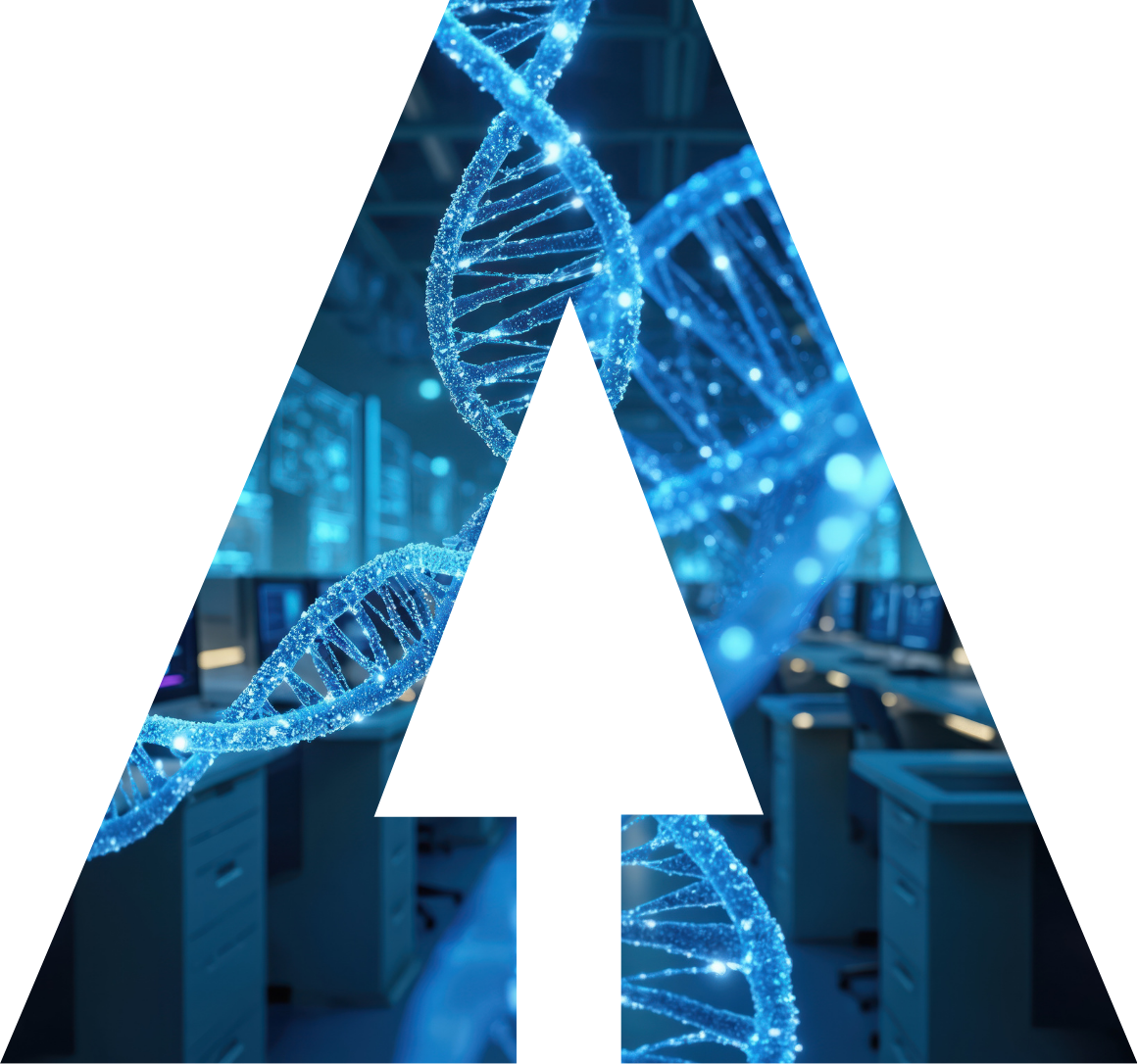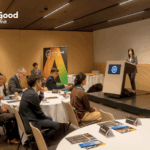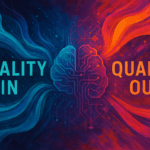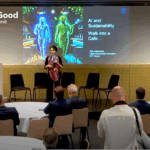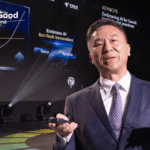Roughly half of the 821 million people considered hungry by the United Nations are those who dedicate their lives to producing food for others: farmers.
This is largely attributed to the vulnerability of farmers to agricultural risks, such as extreme weather, conflict, and market shocks.
Smallholder farmers, who produce some 60-70% of the world’s food, are particularly vulnerable to risks and food insecurity.
Emerging technologies such as Artificial Intelligence (AI), however, have been particularly promising in tackling challenges such as lack of expertise, climate change, resource optimization and consumer trust.
AI assistance can, for instance, enable smallholder farmers in Africa to more effectively address scourges such as viruses and the fall armyworm that have plagued the region over the last 40 years despite extensive investment, said David Hughes, Co-Founder of PlantVillage and Assistant Professor at Penn State University at a session on AI for Agriculture at last week’s AI for Good Global Summit.
How AI and satellite imagery help farmers
Satellite imagery in combination with AI technology have been particularly helpful in helping governments and organizations like the World Food Programme (WFP) address vulnerability by providing a more granular understanding of the impact of specific shocks on agriculture, in addition to predicting crop yields and future events.
On the other side of agriculture, AI is also used to build credit risk scoring systems to help farmers who don’t have credit history or collateral, to obtain access to loans from financial institutions.
“With all that data comes a lot of responsibilities.” – Karl Morteo, FAO
“The question that we can constantly ask ourselves is: How can we make sure that those people are not left out of this and how we can leverage the power of emerging or frontier technology … to ensure that those people are also supported,” says Valeriya Zaytseva, AI consultant at the World Food Programme’s Innovation Accelerator.
Better data for better decisions
Remote sensing technology empowers the FAO’s WaPOR project to provide insight on the amount of food that can be produced per unit of water. This is particularly useful for policy-makers who will be better equipped to encourage good agricultural practices and prioritize areas for optimal usage.
Through the utilization of these technologies, an enormous amount of data is also being produced – an issue that can be particularly sensitive for farmers hesitant to risk divulging their future plans or pricing information to competitors.
“With all that data comes a lot of responsibilities,” acknowledges Karl Morteo, IT Officer for the Food and Agriculture Organization (FAO). “And treading that fine line [between] enabling people to use the data and act upon the data while respecting the government’s policy and individuals is a big challenge for our future.”
Precision agriculture
At Microsoft, FarmBeats enables data-driven, precision agriculture through the use of sensors and drones to target pesticides and water precisely where it is needed.
Justin Gong, Co-Founder and Vice President of agricultural drone manufacturer XAG, similarly emphasized the importance of infrastructure and precision agriculture tools to help smallholder farmers reduce pesticide use, promote agricultural diversity and counter monocropping.
Gong also shared anecdotes on how technology is being used to build trust between the farmer and the consumer by providing live traceability of produce that consumers can use via QR codes.
“Nowadays the big issue is about trust. Everyone’s talking about blockchain AI technology,” explained Gong. “But how individual farmers in the remote areas of China and India can benefit from the technology is a question. So what we are trying to do is to build a machine trust rather than people’s trust.”
However the solutions take shape, the experts agreed on the power of AI to improve food security.
“At the end of the day,” says Yasir Khokhar, CEO of Connecterra, “it is going to be a combination of humans working with smart algorithms or an AI that is going to make the biggest difference for growing food more sustainably.”
By Pamela Lian, ITU News


